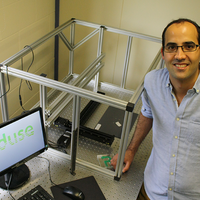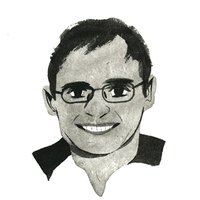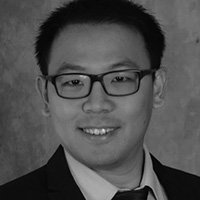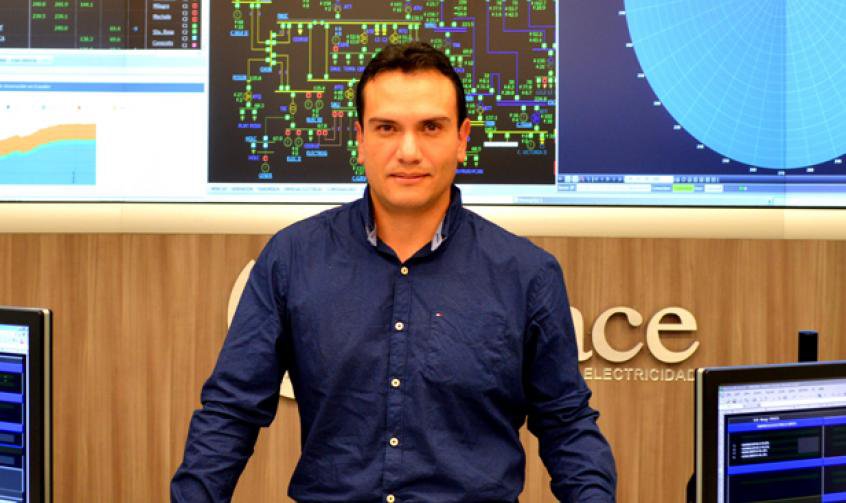Energy & sustainability
Jaime Cepeda
His algorithms designed to analyze the electric grid help prevent blackouts

Latin America
Ignacio Juárez
Designed a more efficient and economical urban wind turbine

Latin America
David Leal
Created a machine that unprints the ink from sheets of paper

Global
Aaswath Raman
Your next air-conditioning system might save energy by beaming heat into outer space.

Asia Pacific
Panu Sukitpaneenit
Advanced Membrane Technology: The Future of Clean Energy and Clean Water Production & Sustainability
